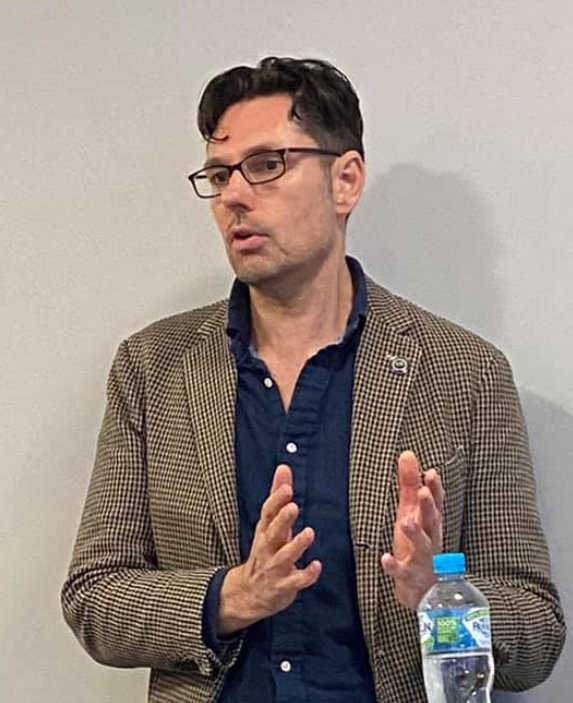Jane welcomed Matthew Harrison (Secretary, UnionsACT) who spoke on Injured Workers.

Matt started with an overview of occupational health and safety (OH&S), a very important part of the union movement. Unfortunately the data don’t give a good picture of what’s happening. Bosses are still behaving badly and putting profits before people’s welfare. The data are hard to find, and hard to line up to make use of. [Jane: Worksafe Australia used to keep data.]
The most recent data come from 2019. Only deaths at work are counted; not deaths to and from work, or by natural causes at work, including cancers or suicide (a particular concern of the CPSU). Most deaths are men, and blue collar jobs predominate. The age group most at risk is 55-64, followed by 45-54. There were no workplace deaths in the ACT in 2019; some since. Nationally there were 43 deaths. The NT and Tasmania have low rates; NSW has the most.
Transport is the area with most deaths (including postal workers and warehousing); vehicles in general were a huge source of injuries and deaths.
There are big holes in the system: people are scared to report an injury; people are told by their boss that a report would prevent promotion; non-English-speaking people are oblivious to risk they can’t read about; there are bad OH&S practices everywhere. Injuries which keep people from work less than 5 days are not reported; but this can be a serious injury all the same. And mental stress is of course extremely under-reported.
Matt said that insurance premiums need to reflect the risk of e.g. assault in teaching, nursing, etc., which are industries where people just accept that this happens and put up with it. But it’s not part of the job, there should always be safety measures in place. (An example of assaults in the mental health workplace: “hit by a moving object” code for a punch.) Remote working is particularly hazardous, especially with cost cuts, when one person goes out where it would previously have been a team of two.
Numbers for women are grossly understated, it was claimed.
In the past unions were not always there to help; Matt hoped that things had changed. But there has also been a gradual deterioration in the quality of information collected and available. And there is a sense of criminality that attaches to the person making a claim.
Bullying and harassment: there must be an independent person to go to, otherwise people may find that the list of people to speak to includes the person they are complaining about.
In construction, private certifiers are connected to a drop-off in safety and increase in accidents. There has been some good progress in the ACT on this, helped by Gordon Ramsay and others.
Union issues: a good strong organising structure for delegates is a must. Problems arise when both victim and accused are union members.
What we’ve lost: the trade union training authority; the public signs telling us how many workers had died; and union membership decline means that fewer people to do the important work in this area.
Matt noted that high union membership often correlated with lower rates of deaths at work. Though the AEU is an exception.
It comes as a surprise to some bosses to be reminded that the health and safety of workers is their responsibility.
